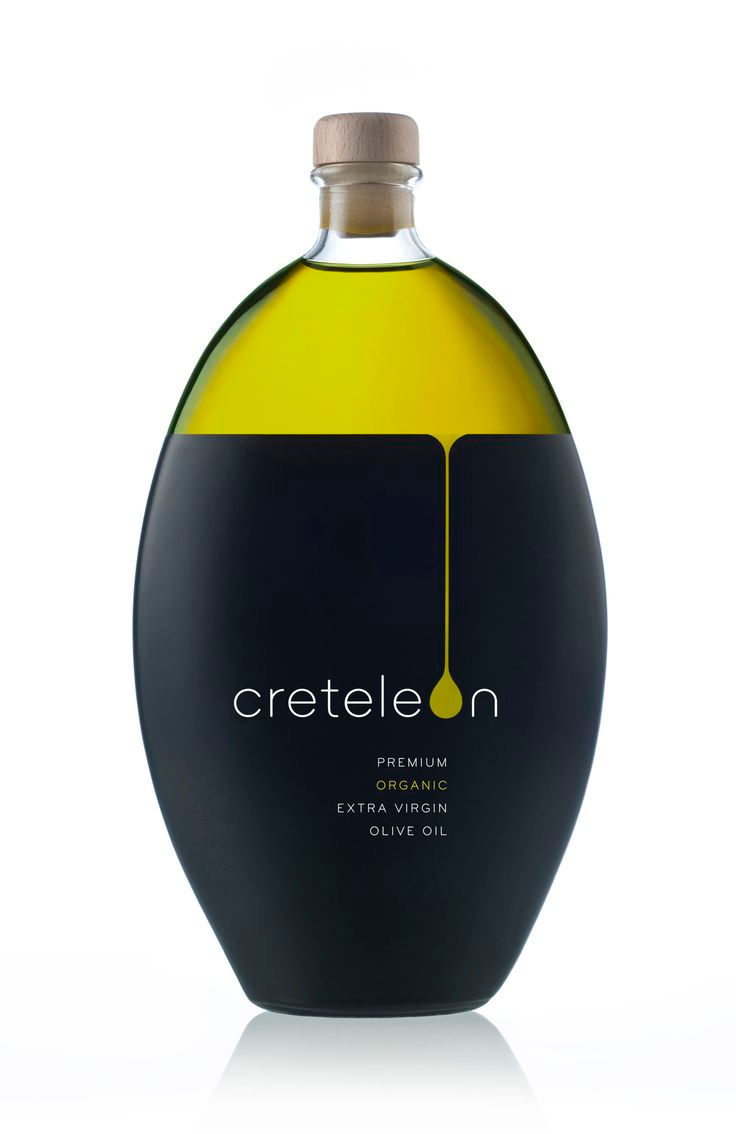Seven Principles for Packaging Design
- StephenM
- May 26, 2020
- 3 min read
Updated: Aug 18, 2022
The average modern supermarket holds a stock of 40 thousand different products. To have any chance of being noticed, you need to stand out from every one of them. No pressure.
This is why product packaging is a major design discipline all by itself.
So what key aspects need to be considered and employed when you want to stand out and fly off the shelf?

1 Clarity and Brevity
Next time you’re at the supermarket, pharmacist or DIY store, take a look around at the products on the shelves. Pick up any item and ask yourself three questions:

1/ Who’s this product for?
2/ What does it do?
3/ Who’s the parent brand behind it?
You might be surprised at how hard it is to answer these questions in fewer than three seconds (the maximum time a shopper will glance at a new product) You’ll find products where you can’t read the name or logo. Products that have so much text on them, they’ll give you a headache. Products that look fantastic but fail to describe what they do or how you should use them.
Make sure your packaging is crystal clear about what’s inside and make sure your brand is clearly identified. Don’t make your prospect have to think.
2 Originality Remember those 40k products we were talking about earlier? Well you need to stand out among them. At least, you need to stand out against the competing products in your category. That means appearing different. If the others use photography, consider using graphics. If the others are focused on a contemporary look, you may choose to go retro. Zig when others zag. The great thing is, you can take inspiration from non-competing product categories. Have your team put together mood boards as part of your brainstorming process. 3 Credibility If you use an image of your product on your packaging, make sure it matches what’s inside. Consumers don’t like being lied to. Yes, they'll forgive a little bit of enhanced “photo-shopping” but is your “triple layered” chocolate cake actually a sliced bun with a miserable layer of icing? They won’t buy from you again. Fact. Similar principle with text promises. If it says the paint dries in 30 minutes or the pasta is completely gluten-free, it better be.

4 Shelf Context Many designers and marketing managers are guilty of forgetting context. It’s very seldom a

product is seen on a shelf in isolation. Products on shelves are usually viewed from a distance first and seen in various patterns of rows and columns. It’s the shelf pattern your product occupies that needs to stand out. A product that looks stunning on its own can just “disappear” into a shelf display, whereas a more basic design can sometimes absolutely hog all the limelight. Make sure your designer shows you some digital renders of how your product will look on shelf, in context. Better still, have a group of samples made up and test them in a real setting. This costs a bit to do but can save you a fortune in the long run. Think of it as an investment in your future brand.
5 Extendibility When creating a new product packaging concept, one eye should always be kept on the future. You may be launching a strawberry shortcake biscuit today that proves successful. In six months time you see an opportunity to launch a blueberry version and a chocolate version. If your original design is heavily reliant on a ‘strawberry” theme, this may not easily scale to blueberries, chocolate or other flavours. The lesson here is to make sure from day one, your designer creates a systematic design where visuals or text can easily be swapped when scaling, whilst retaining and supporting the original brand.
6 Functionality
This is more to do with the engineering of the packaging, i.e. the shape, size, material and functionality. Some recent examples are glass mayo bottles being replaced with upside down plastic squeezable versions. Or resealable cheese slice packets. Innovative packaging that makes the product more convenient for the consumer will help you stand out from your competition.
7 Point of Sale Support
Yes great packaging design should certainly stand on it’s own merits, but it never hurts to get a little help. Especially, if your product is new launch or a radical rebrand. Supporting talkers, shelf-edge strips, header-boards, leaflets , etc.are always a great way of bring some extra attention to your brand. As with all brand-building initiatives, make sure your designer keeps it brand-consistent.

So in summary, the key to great packaging design is to attract attention, deliver originality, sell and protect the product. Just remember, packaging is a major part of your customer’s experience of your brand. Experience is the strongest determinant of brand opinion. How do you control your customer experience?
If you're still reading this, stop. Go to work on your brand.












Comments